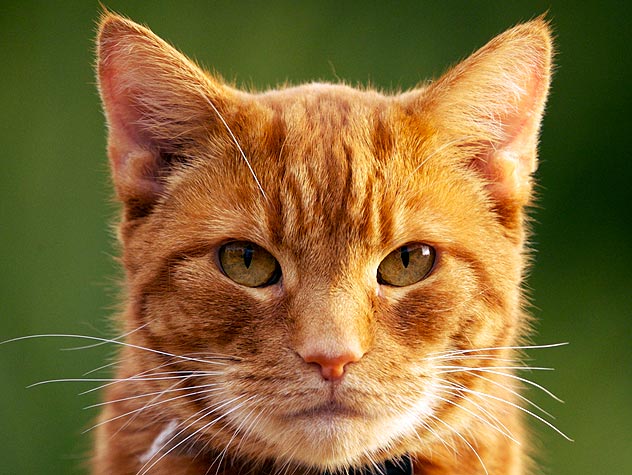Stamp: Mascot "Life", Hygrophila sp. (Taiwan (Republic of China) 2018)
Mascot "Life", Hygrophila sp. (Taiwan (Republic of China) 2018)
31 October (Taiwan (Republic of China) ) within release 2018 World Flora Exposition, Taichung goes into circulation Stamp Mascot "Life", Hygrophila sp. face value 15 Taiwanese new dollar
| Stamp Mascot "Life", Hygrophila sp. in catalogues | |
|---|---|
| Michel: | Mi: TW 4283 |
| Stamp Number: | Sn: TW 4446b |
Stamp is square format.
stamp from souvenir sheetAlso in the issue 2018 World Flora Exposition, Taichung:
- Stamp - Lily face value 6;
- Souvenir Sheet - Flamingo Flower face value 45;
- Stamp - Flamingo Flower face value 28;
- Stamp - Oncidium Orchid face value 8;
- Stamp - Gladiolus face value 9;
- Souvenir Sheet - Flamingo Flower face value 45;
- Stamp - Flamingo Flower face value 28;
- Stamp - Lily face value 6;
- Stamp - Oncidium Orchid face value 8;
- Stamp - Mascot "Leo", Lily face value 13;
- Stamp - Mascot "Leona", Orchid face value 17;
- Stamp - Mascot "Life", Hygrophila sp. face value 15;
Stamp Mascot "Life", Hygrophila sp. it reflects the thematic directions:
The domestic cat (Latin: Felis catus) is a small, typically furry, carnivorous mammal. They are often called house cats when kept as indoor pets or simply cats when there is no need to distinguish them from other felids and felines. Cats are often valued by humans for companionship and for their ability to hunt vermin. There are more than 70 cat breeds, though different associations proclaim different numbers according to their standards.
Cats are similar in anatomy to the other felids, with a strong flexible body, quick reflexes, sharp retractable claws, and teeth adapted to killing small prey. Cat senses fit a crepuscular and predatory ecological niche. Cats can hear sounds too faint or too high in frequency for human ears, such as those made by mice and other small animals. They can see in near darkness. Like most other mammals, cats have poorer color vision and a better sense of smell than humans. Cats, despite being solitary hunters, are a social species and cat communication includes the use of a variety of vocalizations (mewing, purring, trilling, hissing, growling, and grunting), as well as cat pheromones and types of cat-specific body language.
A flower, sometimes known as a bloom or blossom, is the reproductive structure found in plants that are floral (plants of the division Magnoliophyta, also called angiosperms). The biological function of a flower is to effect reproduction, usually by providing a mechanism for the union of sperm with eggs. Flowers may facilitate outcrossing (fusion of sperm and eggs from different individuals in a population) or allow selfing (fusion of sperm and egg from the same flower). Some flowers produce diaspores without fertilization (parthenocarpy). Flowers contain sporangia and are the site where gametophytes develop. Many flowers have evolved to be attractive to animals, so as to cause them to be vectors for the transfer of pollen. After fertilization, the ovary of the flower develops into fruit containing seeds. In addition to facilitating the reproduction of flowering plants, flowers have long been admired and used by humans to beautify their environment, and also as objects of romance, ritual, religion, medicine and as a source of food.
A mascot is any human, animal, or object thought to bring luck, or anything used to represent a group with a common public identity, such as a school, sports team, society, military unit, or brand name. Mascots are also used as fictional, representative spokespeople for consumer products.
Flora is the plant life occurring in a particular region or time, generally the naturally occurring or indigenous—native plant life. The corresponding term for animal life is fauna. Flora, fauna and other forms of life such as fungi are collectively referred to as biota. Sometimes bacteria and fungi are also referred to as flora, as in the terms gut flora or skin flora.




